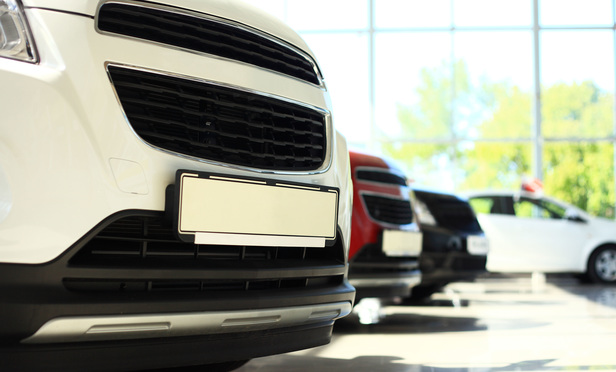The family car doctrine is not as straightforward as it sounds. It extends beyond family members, and imputes liability on those who are not merely the title holder of the car. This article explores the boundaries of the family car doctrine as it currently exists in Connecticut jurisprudence: (1) who is a “family” member under the doctrine? and (2) who is a proper defendant for vicarious liability under the doctrine?
The family car doctrine found its beginnings in Connecticut jurisprudence in 1919. In Wolf v. Sulik, 93 Conn. 431 (1919) a plaintiff was injured when his wagon was struck by a car. The car was owned by the defendant-wife and being driven by her husband. The Connecticut Supreme Court upheld the trial court’s judgment holding the wife vicariously liable for the husband’s negligence. In so doing, the court relied on the principals of respondeat superior. The court held that because the wife purchased the car for the pleasure and convenience of her husband, she was liable for his negligent acts.
This content has been archived. It is available through our partners, LexisNexis® and Bloomberg Law.
To view this content, please continue to their sites.
Not a Lexis Subscriber?
Subscribe Now
Not a Bloomberg Law Subscriber?
Subscribe Now
LexisNexis® and Bloomberg Law are third party online distributors of the broad collection of current and archived versions of ALM's legal news publications. LexisNexis® and Bloomberg Law customers are able to access and use ALM's content, including content from the National Law Journal, The American Lawyer, Legaltech News, The New York Law Journal, and Corporate Counsel, as well as other sources of legal information.
For questions call 1-877-256-2472 or contact us at [email protected]



